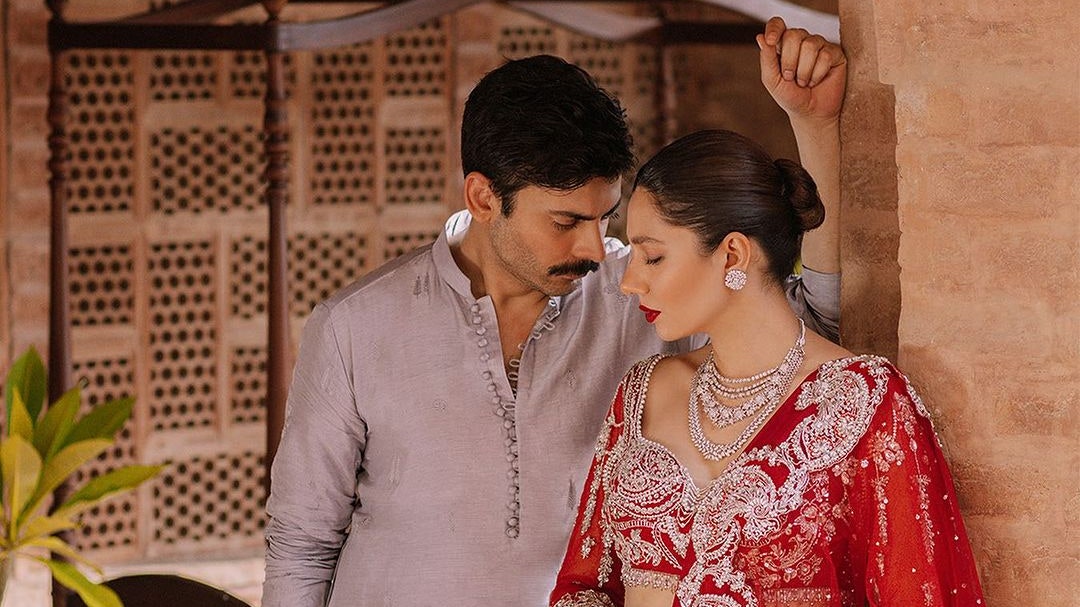
Writing a book on music and its reception in India, if someone undertook that Sisyphean endeavour (or maybe Tolstoyic, where attempting to trace a history would prompt deeper plumbing, a reflexive ricochet in recorded time, as happened with the Russian master’s War and Peace), would be incomplete without mentioning ‘the Bluetooth years’, circa 2007-2012, when younglings would sit cross-legged on pavements and stone benches, or the knotty fabric of upholstered sofas or ice-cold marble flooring, in sweltering hell or high water, ensnared by a cluster of pixels, waiting for a progress bar on their keypad cellphones to kiss its point of culmination. It was the heat. When you meet veterans of that time, initiate a line of inquiry about the chimerical Adnan Sami. The man, formerly Pakistani and now an Indian citizen, would host singing reality shows, croon chart-busting melodies in non-film music, advertise Pepsi and Coca-Cola at the same time, share screens with Amitabh Bachchan and Rani Mukerji, and semi-yodle in a voice that stopped short of a yawn. His high notes: mellow, his low ones: impasses to an impending heartbreak. A romanticised fixation with yesteryears would perhaps tell us that, reduced to stereo, nobody cared about the geopolitics of an intermezzo, or the disquiets of a middling bridge. In 2016, in the political aftermath of a grisly development at the India-Pakistan border, Indian aficionados would endure a disbandment of a coterie of freewheeling Indian cinema, the most visible face of a syncretic South Asian culture, as Pakistani performers were debarred from furthering their careers in the Indian film industry, and were sent off with an ignoble dispatch. The time that followed saw an industry bereft of singer-songwriters and filmmakers, who were conspicuous by their absence, and a generation of cinemagoers waking up to the bittersweet realities of state-agnostic art reception. An augury of worrisome momentum reared its ashen face.
Yesterday, the ban on Pakistani artists performing in India was lifted by the Bombay High Court. Fans like yours truly burst into immediate song, and, if limbs permit, a glorious burlesque. The Court was unequivocal in its dismissal when it said: “One must understand that in order to be a patriot, one need not be inimical to those from abroad especially, from the neighbouring country.” While not one to valorise the dictums of an institution, this is a recognition of the noxious discourse of the interplay of arts and politics, where an awry tide from one domain courses through the other, upturning decades of cultural amelioration like a house of cards in the face of a fickle gale. “A person who is good at heart would welcome in his country any activity which promotes peace, harmony, and tranquillity within the country and across the border,” the Court stated. It is a welcome relief that art and its purveyors have the most limber shoulders in showbiz (some would say that being an ideational acrobat is showbiz…baby), because no other occupation, maybe besides being a sawbones, is so burdened with the sheer need of a purpose. Long gone are the days when art could exist for art’s sake, in the shadow of Elizabeth Barrett Browning’s refrain that her lover must adore her, claim his pulsating heart for her, on the anvil and for the sake of love only. Saddled with an ambitious teleological vision, cinema becomes both entertainer and sage, simultaneous mime and orator, an evanescent touchstone that is fed by and feeds into the public consciousness of a people.
In her New Yorker essay about Pakistani performer Ali Sethi, Priyanka Mattoo seems to blithely suggest that the seemly joys of an infectious number (Coke Studio and Sethi’s rendition of ‘Pasoori’) unites the two nations, India and Pakistan, beyond their sequestered populace and chequered history. Mattoo’s analysis, however, is dead on. In increasingly cynical times such as these, where entire races are dehumanised based on an irreverent mix of propaganda and veiled opportunism, art and culture have to adopt the mantle of a peacekeeping force. In terms that are saccharine but hopefully not coy, art cannot do without a stance, lest it should collapse like a building without scaffolding, the ideological rectitude of a people. This may not even require an enunciated emancipation of narratives that sew a humanity—undone—together.
